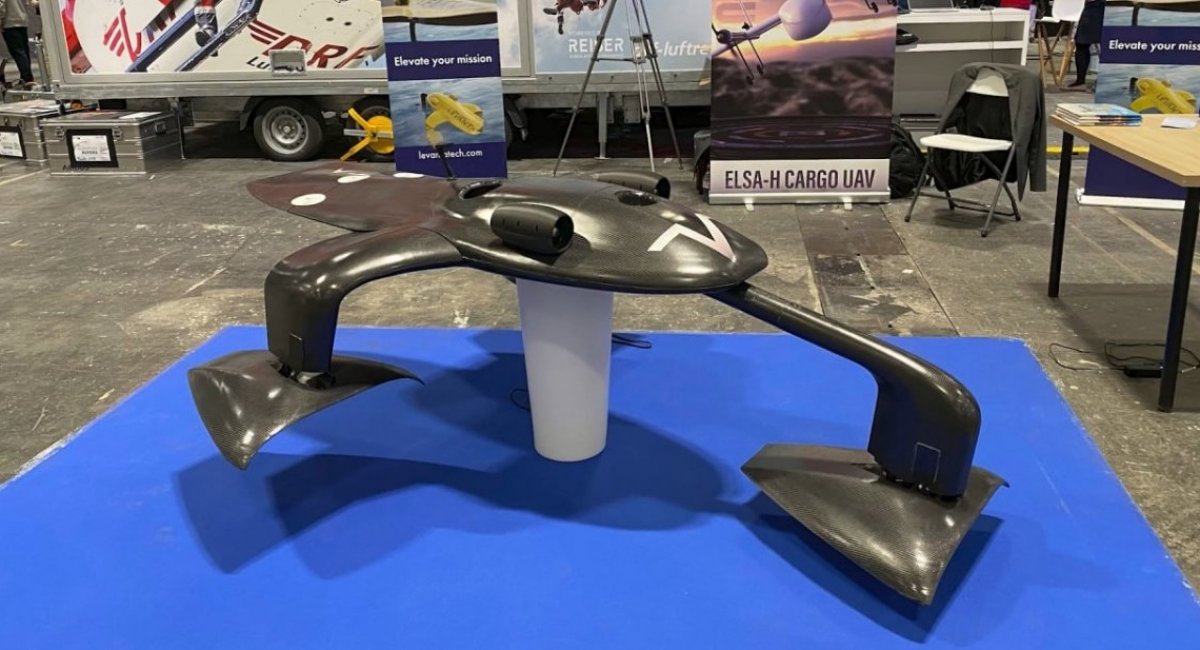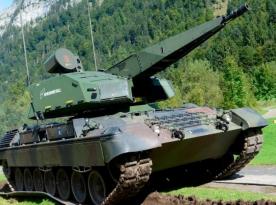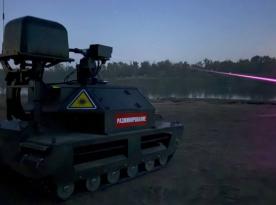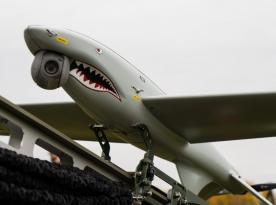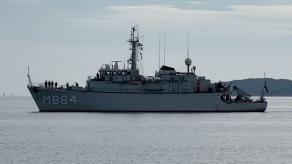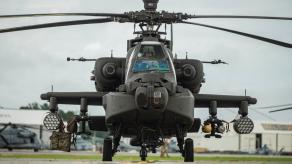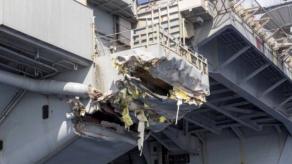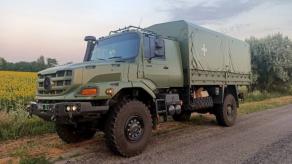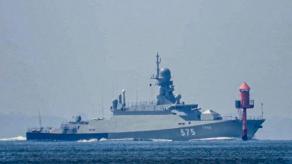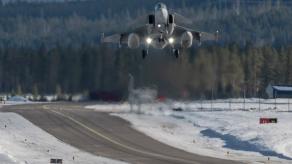At the DFNC3 forum recently, Ukrainian defense company Ukroboronprom agreed to cooperate with U.S. company LeVanta Tech Inc. on the "float-and-fly" concept (a vessel that can both float and fly).
The announcement also mentions plans to jointly develop solutions to increase speed and robustness of certain products. Ukraine expressed interest in developing production on its territory and organizing training for Ukrainian weapons specialists. Those are the only details that have been published so far.
Read more: What Is Known of New "Bulky Neptune" Missile Shown Publicly and Why Does It Have These Bulges?
Turning to the "float-and-fly" concept: LeVanta Tech already has projects for such unmanned ground-effect vehicles. The companys Halia family uses the ground-effect principle to fly.
LeVanta Tech offers three variants: a civilian Halia-S with an electric engine, a range of 400 km and a payload of 22–45 kg; a small military Halia-M with the same payload that can be fitted with either electric or jet engines (range up to 1,000 km with electric or up to 3,200 km with a jet); and the largest military Halia-X, powered exclusively by a jet engine, with a payload of up to 1 tonne and a range of up to 5,000 km. All Halia versions have speeds between 185 and 277 km/h. It is important to note that, so far, none of the variants are advertised as strike platforms.
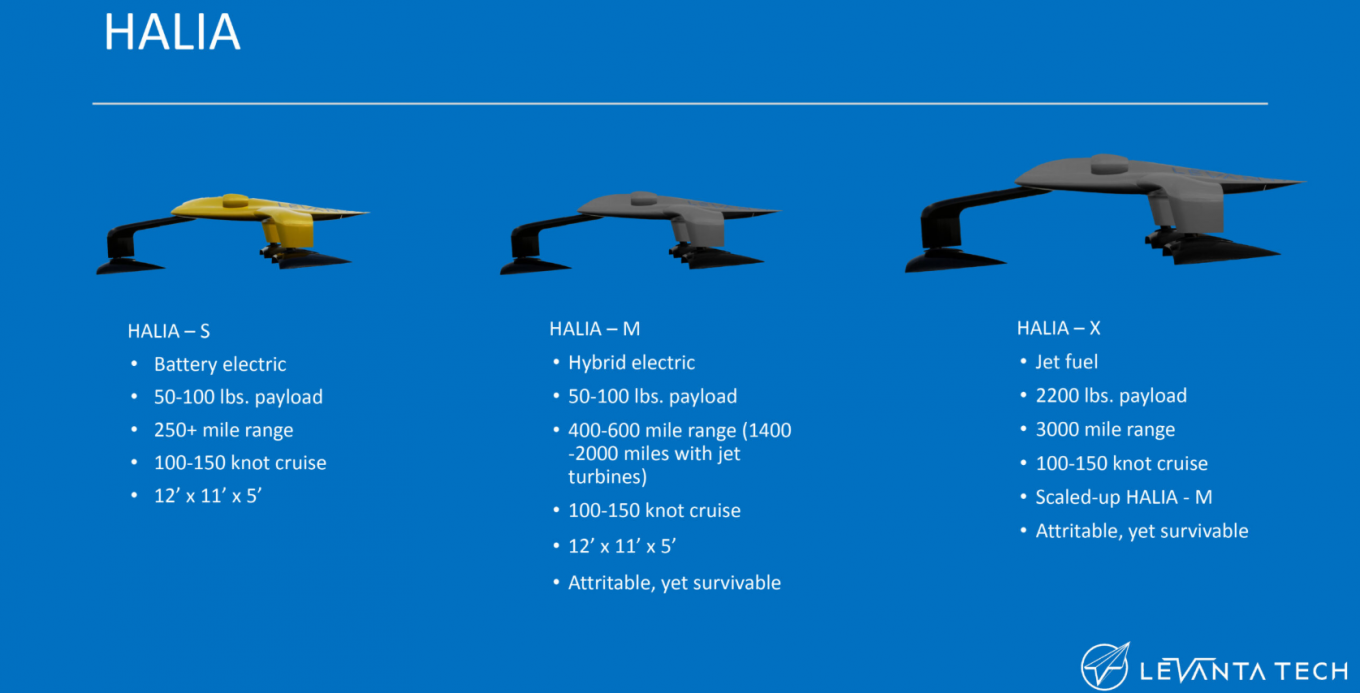
These are impressive figures, and if Ukraine were to obtain these drones and convert them into kamikaze weapons, they could theoretically finish off the remaining elements of the russian Black Sea Fleet, even if those vessels shelter in enclosed harbors.
Unmanned ground-effect vehicles combine advantages of both surface and airborne drones: they fly a few meters above the water, making them hard to detect until they are close, and their speeds (up to 277 km/h) make interception difficult.
Net booms and similar ship defenses are unlikely to stop them, since ekranoplanes can climb to a small altitude and bypass obstacles. That said, Halia-type vehicles are not small, and large models like the Halia-X will be massive, so hitting them with a ship-based air-defense system such as the Pantsir-S1 would be easier than striking a small surface target.
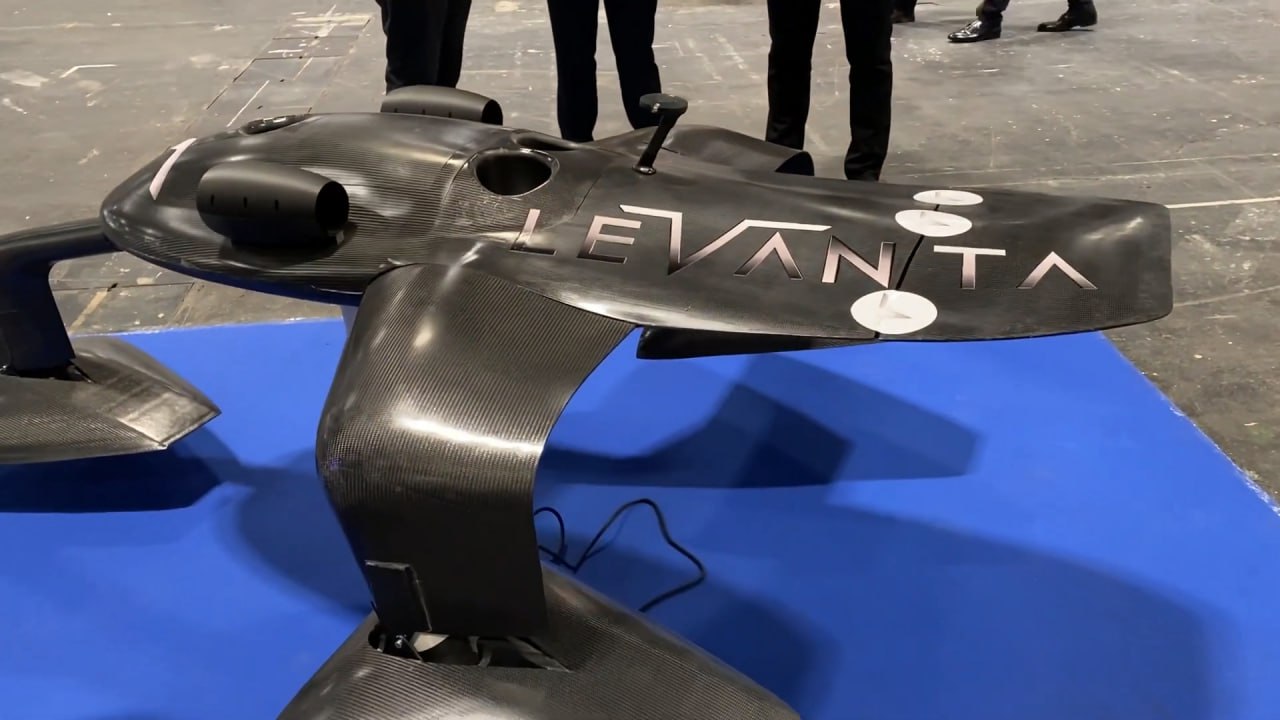
The Halia-M appears to be the most balanced option, combining relatively compact dimensions with long range and significant payload. The manufacturer lists Halia-M dimensions as 12×11×5 ft (approximately 3.66×3.35×1.52 m).
However, so far there is no talk of deliveries or production in Ukraine. Halia-family drones remain under development, so even if a supply or serial production arrangement in Ukraine is launched, these systems should not be expected in service in the near term.
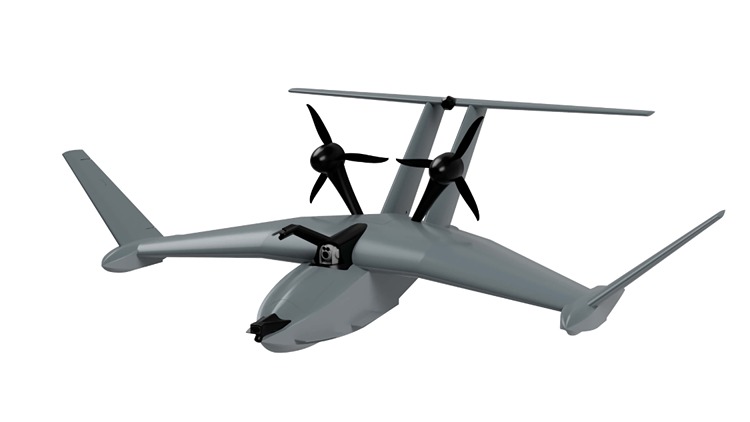
When considering armed ground-effect drones, one can recall the Turkish TALAY kamikaze vehicle, which flies just centimeters above the sea and is ideally suited for attacks on port infrastructure and ships.
Read more: Over 1,000 German Mercedes‑Benz Zetros trucks Secretly Ordered For Ukraine, Boosting Its Fleet Beyond 340 Already in Use




